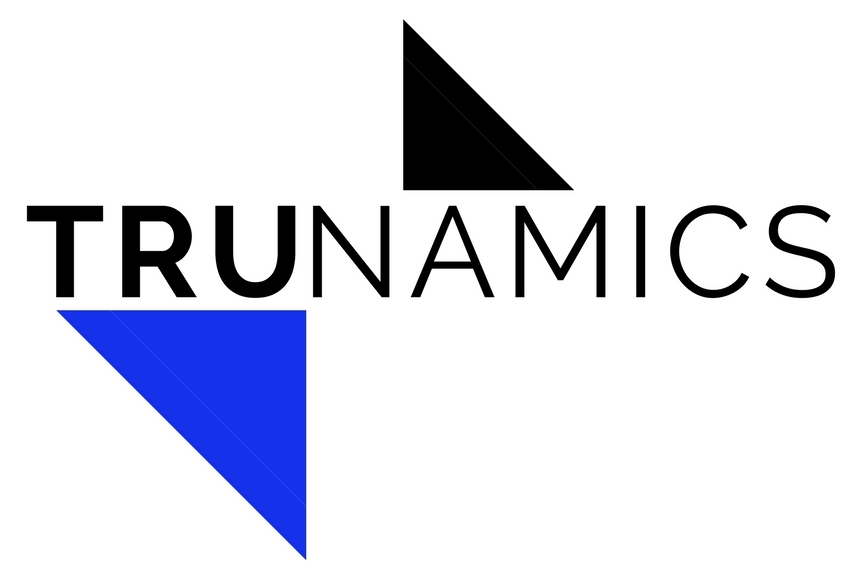TruPro Trainings emphasize integration, experience, and a multi-faceted approach to the body.
There are many great approaches and perspectives for addressing the body and all of them provide a valid and valuable interpretation of the body from a certain point of view. Our pursuit is to compile and integrate those points of view, giving bodywork practitioners the ability to move fluidly from one to the next and even combine perspectives to provide a more robust understanding of the body. We integrate and utilize techniques that address the structural, functional, and energetic or informational levels of the bodymind complex. But it's not just about being taught information or techniques; in TruPro Trainings we create an experience in which you learn how to think about and see the body, and how to work with its many dynamics to facilitate greater health quickly.
Get Started today —> CLICK HERE TO Browse our online courses
Hands On Trainings:
Structural Dynamics
The Structural Dynamics series combines the concepts of advanced structural body work and functional biomechanics, going through each aspect of the body to better understand exactly how it functions, how it affects and is affected by other aspects of the body, and how to optimize function in practice. The trainings provide the practitioner with a powerful approach to optimize the their client’s posture, movement patterns, and function.
When the body has been under chronic, emotional or physical stress, it will compensate in the liquid crystal matrix of the body, known as the fascial system. The fascia is not only the connective tissue of the body but also a medium for communication, movement, projection and protection. When the fascia is compromised, it shortens and has a dramatic effect on the all levels of health, flexibility, adaptability, movement, and posture. While in this class you will learn and experience how to have a greater impact on the physical body and understand its relationship within the energy body. Students who have taken this training report dramatic shifts in the efficacy of their work. Clients tend to feel the shifts on a more physical level thus resulting in more powerful sessions and lasting change.
Structural Dynamics is taught through four different modules that can be taken in any order: Feet and Lower Legs; Pelvis, Upper Legs, and Lumbar Spine; Thoracics, Abdominals, Chest, and Shoulder; Cervicals, Shoulders, and Arms. For more details, visit the course page.
Find out more about Structural dynamics Training →
Visceral Dynamics
This course provides a comprehensive introduction to visceral (organ) release work for use in clinical settings with clients using the theory and techniques associated with traditional visceral manipulation and Structural Integration combined with the Franklin Method. When organs have been traumatized from physical trauma, infections, surgeries and emotional trauma, they often become weak, partially immobilized and fail to do their jobs optimally. Many therapies that do not work directly to release the organs will fall short in helping to restore the organs and client to optimal function and health. When an organ is not working optimally, the entire body suffers; other organs, systems and meridians are asked to ‘pick up the slack’ which may cause an overall energy drain and keep the body from being able to restore homeostasis.
Find out more about the Visceral Dynamics Training→
Online Trainings:
Integrative Anatomy Online
Integrative Anatomy is our foundational online training, introducing the structural, functional, and energetic concepts that are the basis of the TruPro approach. It also features specific reciprocal areas of the body that integrate and impact the physical, functional, and energetic/emotional levels of our bodies. These reciprocals are an incredibly simple yet effective tool that can balance structure, posture, function, emotions, meridians, central nervous system and proprioceptive nervous system.
Our body is designed with 32 reciprocal pairs that support balance, harmony, and peak physical performance when they are optimized and balanced. These pairs also provide a lens through which we can understand how the proprioceptive nervous system works to guide the function (and structure) of the body. In Integrative Anatomy, you will learn what these points are and how to utilize them, giving you a new way to prepare your clients for body work, enhance your work on specific structural and functional issues, as well as integrate your sessions after you are finished.
Find out more about Integrative Anatomy →
Want to stay in the loop? Be the first to hear about new courses and upcoming training opportunities, PLUS receive useful training, resources, and insights right to your email inbox on a (somewhat) regular basis. We promise not to over-email or misuse your info ;)







